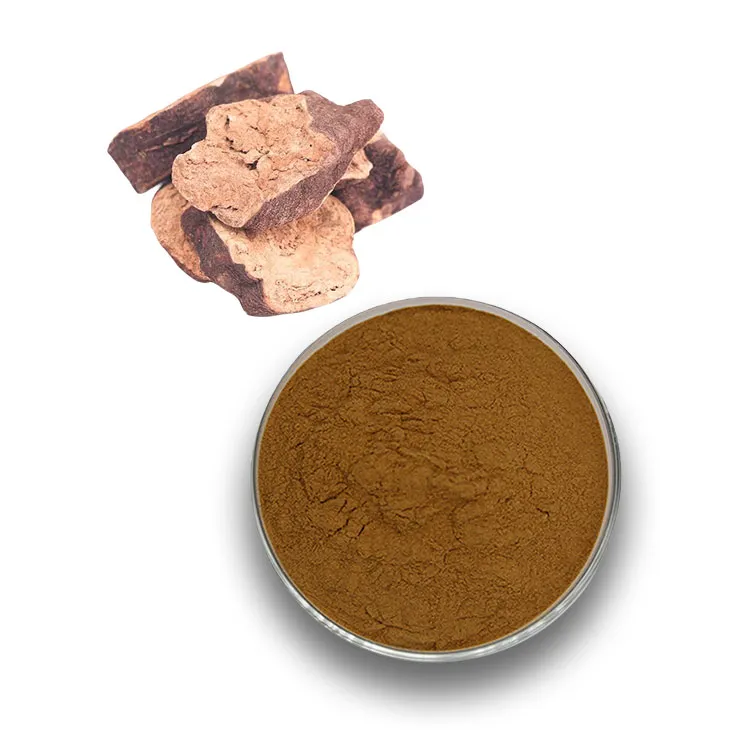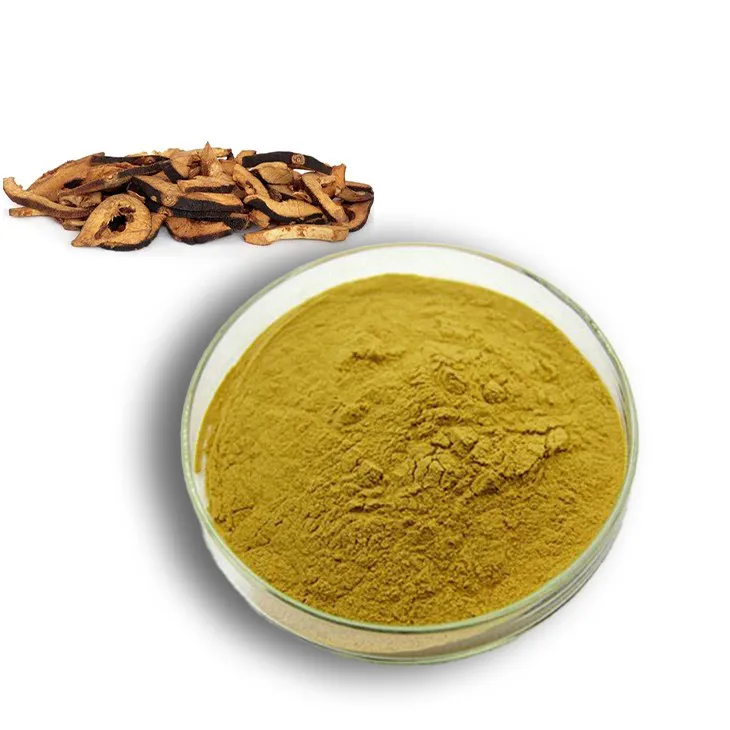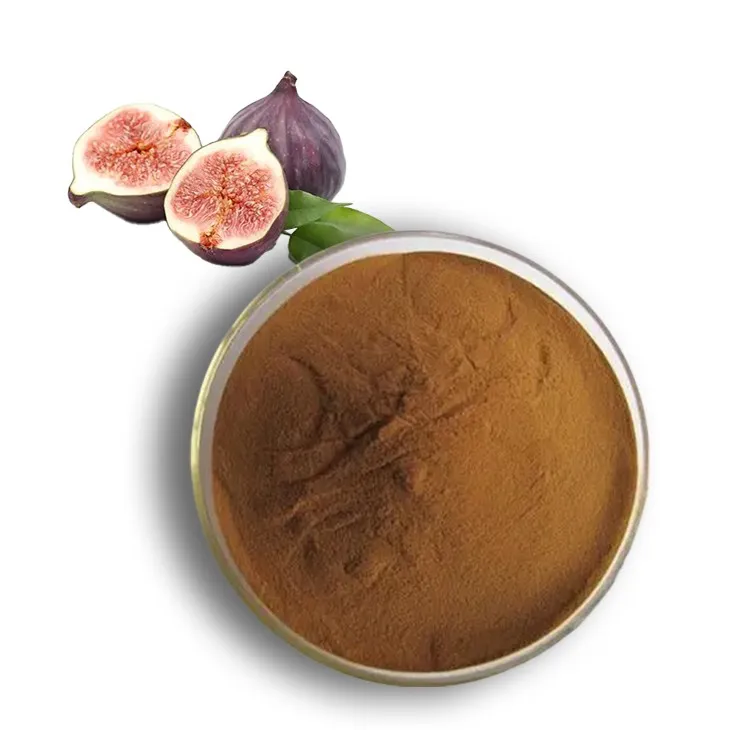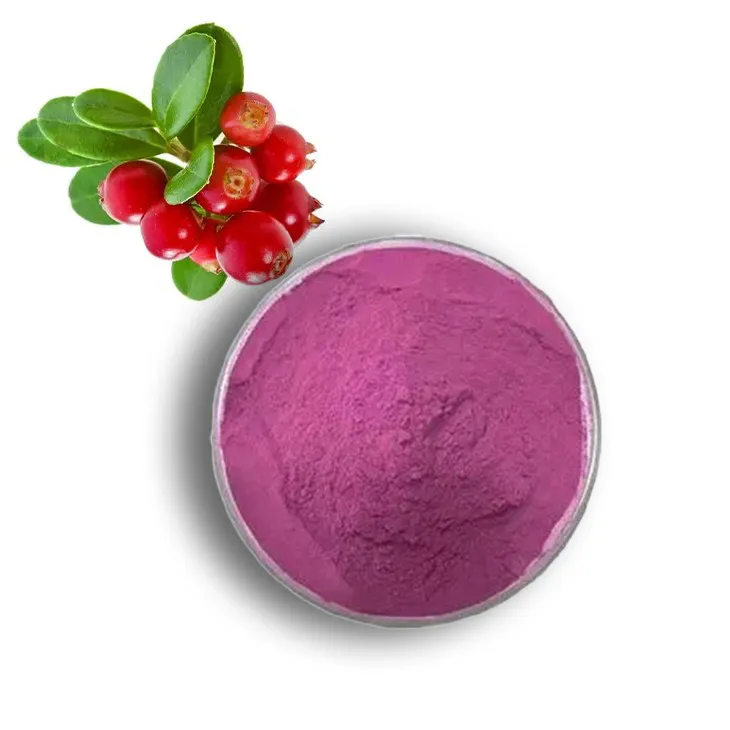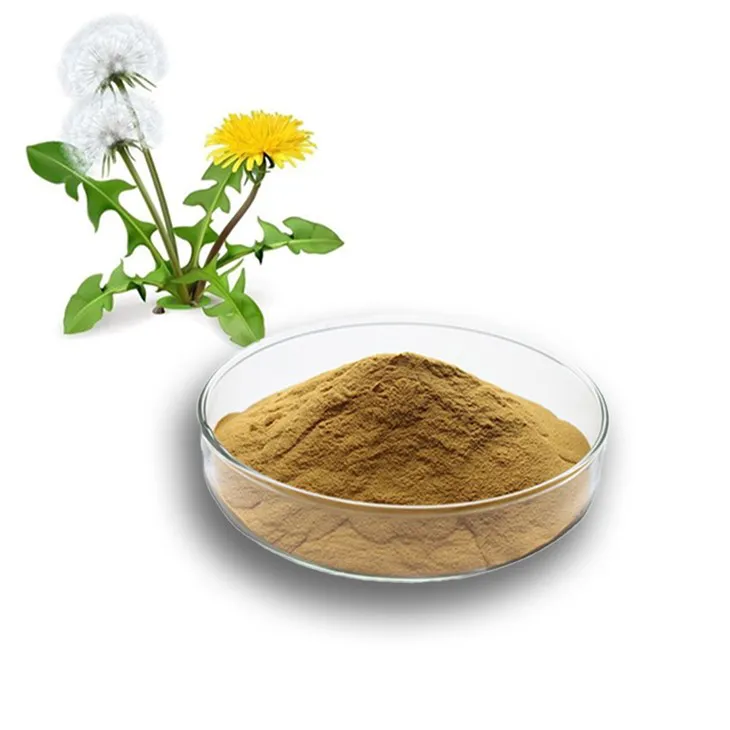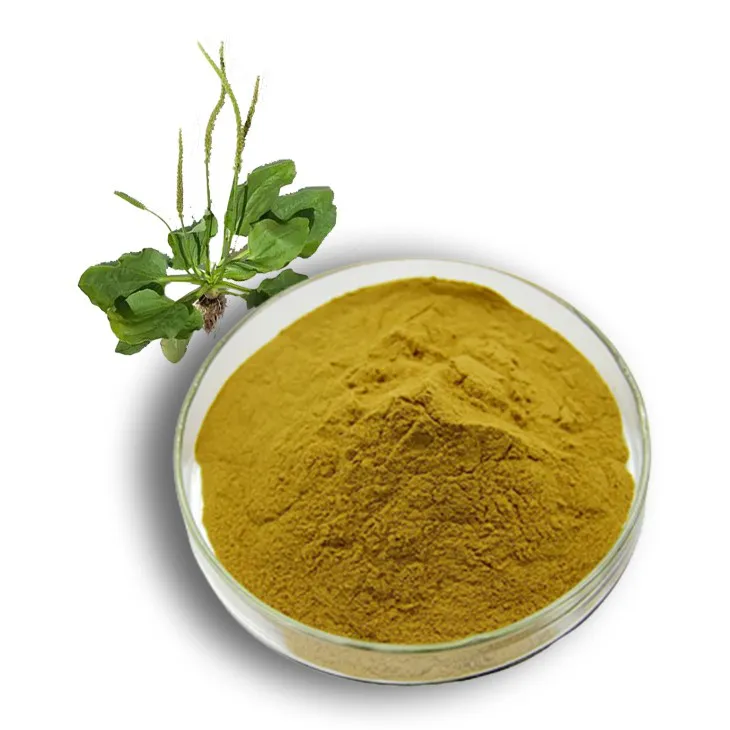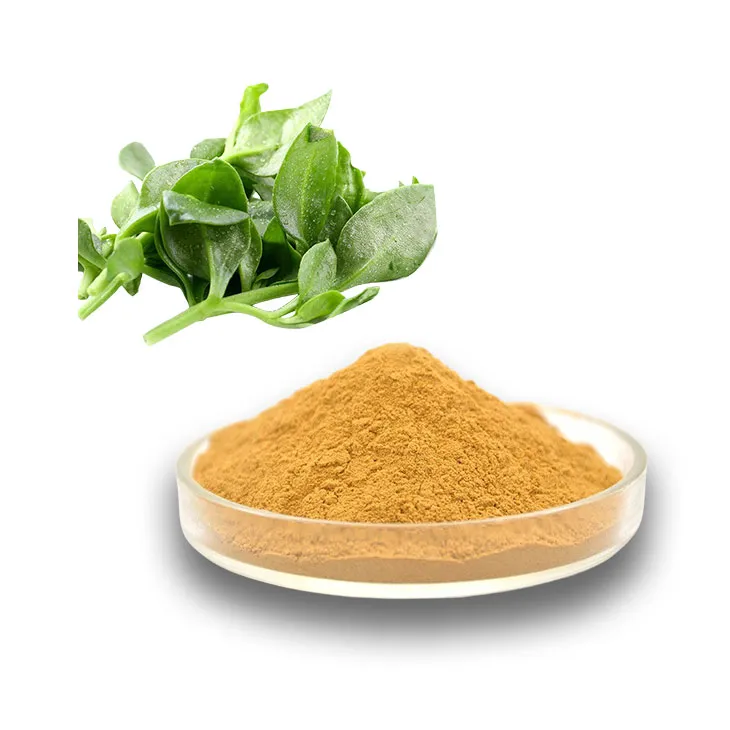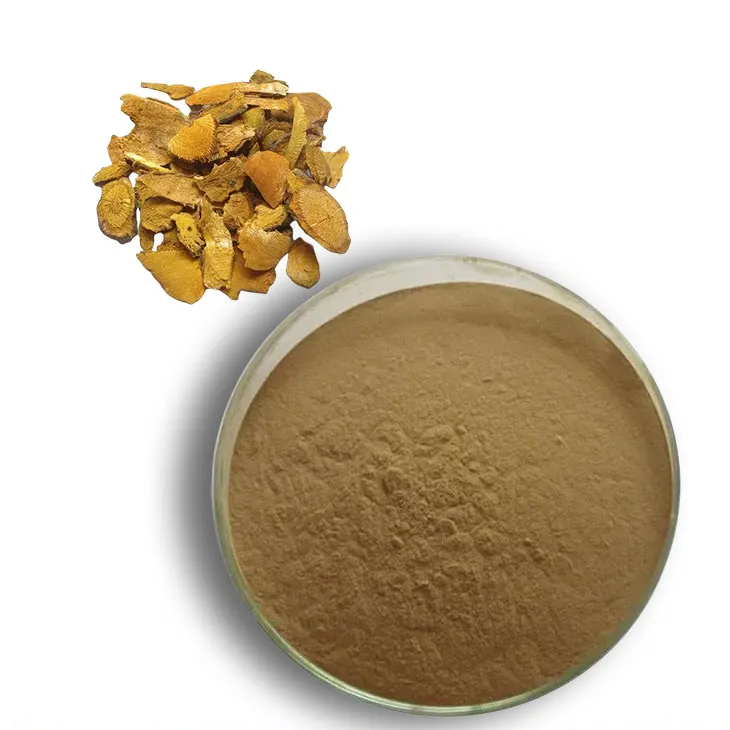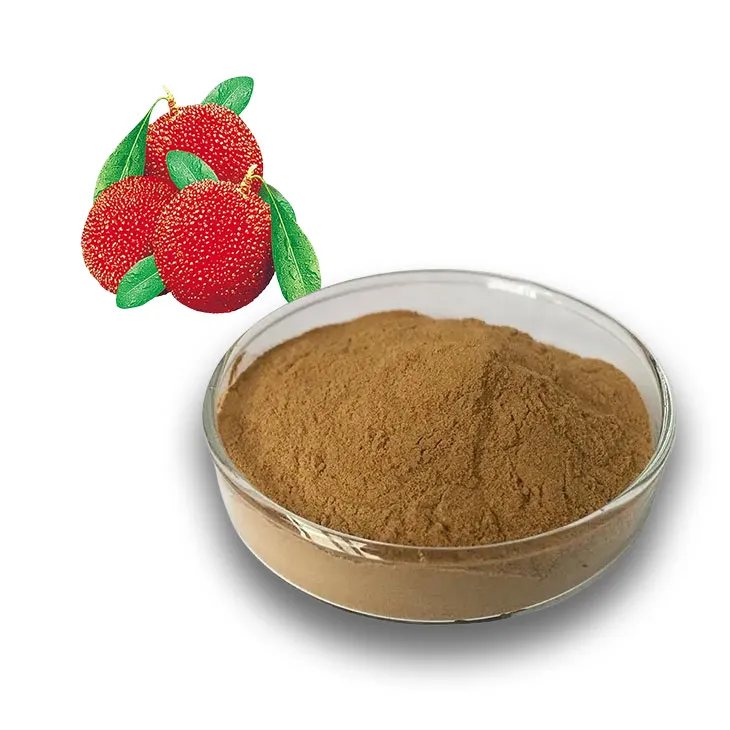- 0086-571-85302990
- sales@greenskybio.com
What is another name for citrus bioflavonoids?
2025-06-20
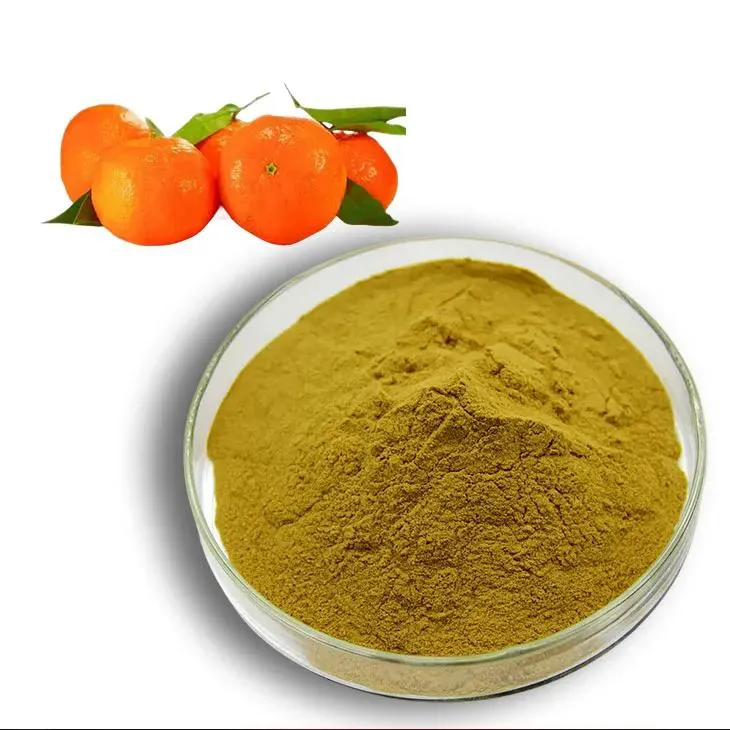
Citrus fruits, beloved for their bright flavors and vibrant colors, pack an impressive array of nutrients and phytochemicals that contribute significantly to human health. Among these beneficial compounds are Citrus bioflavonoids, which are frequently praised for their antioxidant and anti-inflammatory properties. While most people today recognize the term Citrus bioflavonoids, these compounds were once known by another name—Vitamin P. This alternative moniker carries with it a fascinating historical tale of scientific discovery and evolving understanding of nutrition. This article provides an in-depth look at why Citrus bioflavonoids were once called Vitamin P, their health benefits, and the best ways to incorporate them into a healthy diet.
The Origin of Vitamin P
The story of citrus bioflavonoids begins in the early 1930s with the groundbreaking research of Hungarian scientist Albert Szent-Györgyi. He was already celebrated for his pivotal role in identifying vitamin C, but his curiosity about the beneficial substances in citrus fruits led to another intriguing discovery. Szent-Györgyi observed that a particular compound extracted from the peels of lemons and oranges could reduce the permeability and fragility of capillaries. This realization was significant because it suggested a potential role in reducing bleeding tendencies and strengthening blood vessels.
Given the context of the time, where new vitamin-related discoveries were eagerly anticipated, Szent-Györgyi and his colleagues proposed the term "Vitamin P" for this mysterious substance extract, with "P" denoting its effects on capillary permeability. However, subsequent research revealed a critical distinction: the compounds involved in these effects (bioflavonoids) were not essential nutrients in the traditional sense. Unlike true vitamins, the absence of bioflavonoids in the diet does not result in a specific deficiency disease. Consequently, the term Vitamin P gradually faded from scientific parlance, though it remains a historical footnote that offers insight into the evolution of nutritional science.
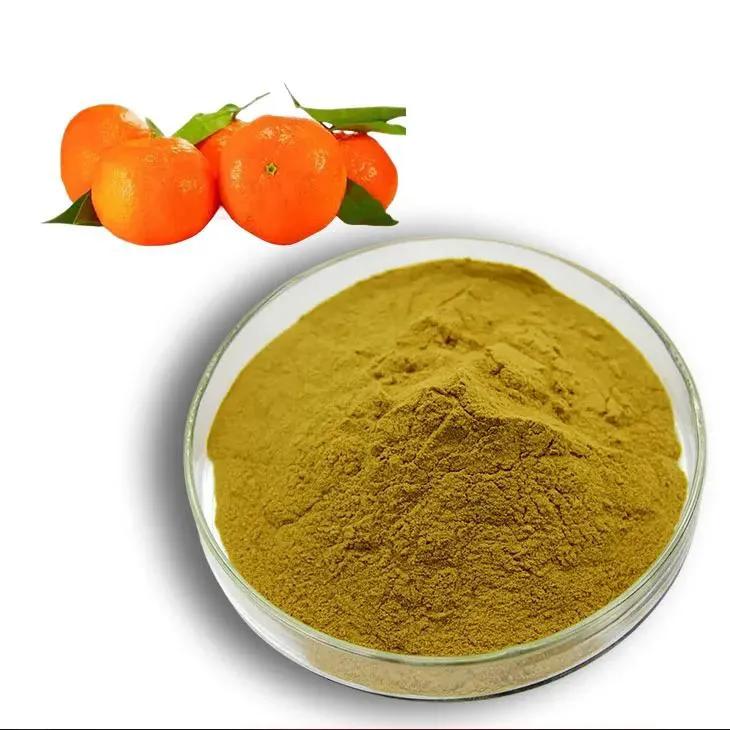
Demystifying Citrus Bioflavonoids
Citrus bioflavonoids are a diverse group of polyphenolic compounds found abundantly in citrus fruits like oranges, lemons, limes, grapefruits, and tangerines. These compounds act as antioxidants, fighting free radicals and reducing oxidative stress in the body. Common bioflavonoids found in citrus fruits include Hesperidin, Quercetin, rutin, and naringin. Their collective ability to bolster health extends beyond antioxidant activity to include anti-inflammatory, anticancer, and cardiovascular benefits.
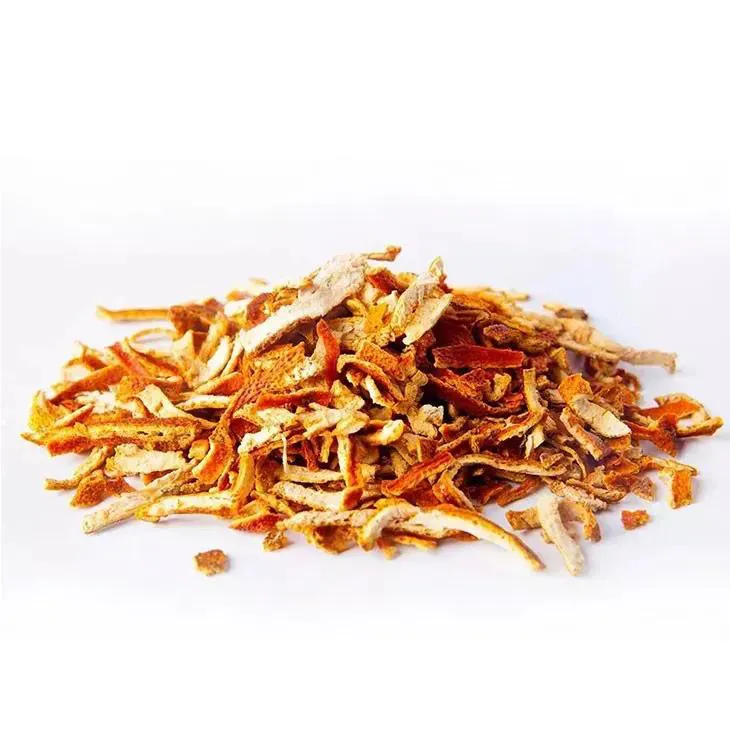
Health Benefits of Citrus Bioflavonoids
1. Antioxidant Powerhouse: Citrus bioflavonoids are renowned for their potent antioxidant properties. By neutralizing oxidative agents, they help prevent cellular damage, which is implicated in aging and a host of chronic diseases.
2. Enhancing Vitamin C Activity: Bioflavonoids work synergistically with vitamin C, enhancing its absorption and prolonging its antioxidant effects within the body. This partnership boosts immune function and supports collagen synthesis, essential for skin, joint, and bone health.
3. Supporting Cardiovascular Health: One of the earliest discoveries about citrus bioflavonoids was their ability to strengthen blood vessel walls. By decreasing capillary permeability and fragility, bioflavonoids support cardiovascular health and may help prevent conditions like varicose veins and bruising.
4. Anti-Inflammatory Effects: Bioflavonoids exhibit anti-inflammatory properties that can help reduce inflammation-related ailments such as arthritis. By inhibiting pro-inflammatory enzymes, they lower the risk of chronic inflammatory diseases.
5. Potential Anticancer Properties: Emerging research suggests that the antioxidant and anti-inflammatory actions of citrus bioflavonoids may also confer cancer-protective benefits. While more studies are needed, preliminary data indicate that certain bioflavonoids might inhibit tumor growth and promote cancer cell apoptosis.
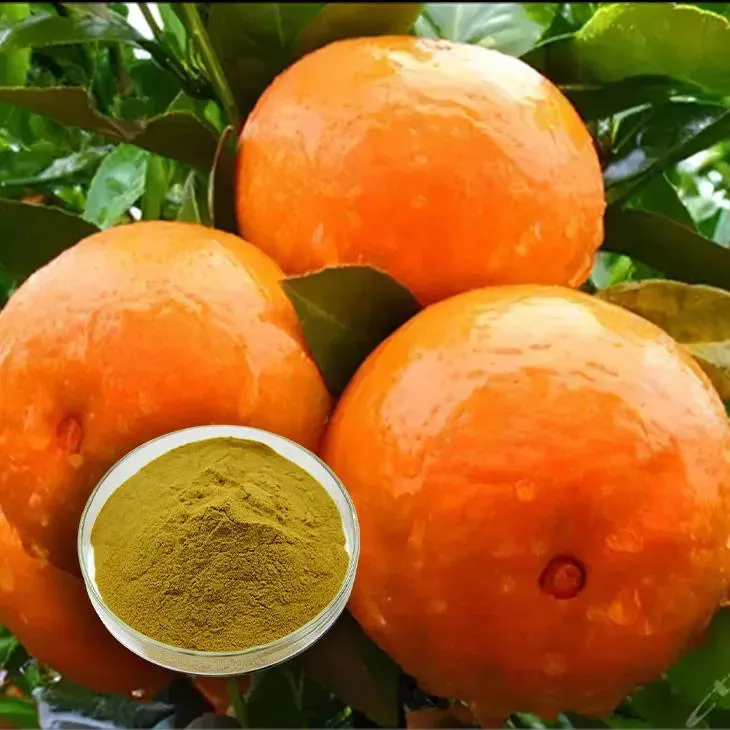
Sources of Citrus Bioflavonoids
Citrus fruits are the most accessible and abundant sources of bioflavonoids. Here’s a closer look at how different parts of these fruits contribute to bioflavonoid intake:
- Peels and Rinds: The highest concentration of bioflavonoids is found in the peels and white pith of citrus fruits. While often discarded, zesting the peel or using the rinds in cooking can enhance both flavor and nutritional content.
- Fruit Pulp: Eating whole fruits, rather than consuming only the juice, ensures maximal intake of bioflavonoids alongside fiber and vitamins.
- Commercial Juices: Some commercially prepared citrus juices may be fortified with additional bioflavonoids, but it’s always best to opt for fresh produce where possible.
Incorporating Citrus Bioflavonoids into the Diet
To maximize the benefits of citrus bioflavonoids, consider these practical dietary tips:
- Enjoy a variety of citrus fruits regularly. Experiment with different types such as mandarins, grapefruits, and blood oranges to ensure a diverse intake of bioflavonoids.
- Use citrus zest in recipes. Adding lemon or orange zest to baked goods, marinades, and salads not only introduces a burst of flavor but also increases bioflavonoid consumption.
- Opt for whole fruits. While juicing can be convenient, consuming the whole fruit ensures that you’re getting fiber and a full spectrum of nutrients.
- Explore supplements with caution. While bioflavonoid supplements are available, they should complement rather than replace a diet rich in whole foods.
Conclusion
The term Vitamin P may have fallen by the wayside, yet the story of citrus bioflavonoids continues to thrive within the realms of nutrition and health. These powerful compounds, with their antioxidant, anti-inflammatory, and vascular-supportive properties, play an important role in maintaining holistic health. By understanding their history and embracing their presence in everyday citrus fruits, individuals can tap into the power of citrus bioflavonoids as part of a balanced, nutrient-rich diet. The simplicity of incorporating citrus into one's dietary habits serves as a timeless reminder of nature’s ability to nurture and heal.
- ▶ Hesperidin
- ▶ citrus bioflavonoids
- ▶ plant extract
- ▶ lycopene
- ▶ Diosmin
- ▶ Grape seed extract
- ▶ Sea buckthorn Juice Powder
- ▶ Beetroot powder
- ▶ Hops Extract
- ▶ Artichoke Extract
- ▶ Reishi mushroom extract
- ▶ Astaxanthin
- ▶ Green Tea Extract
- ▶ Curcumin Extract
- ▶ Horse Chestnut Extract
- ▶ Other Problems
- ▶ Boswellia Serrata Extract
- ▶ Resveratrol Extract
- ▶ Marigold Extract
- ▶ Grape Leaf Extract
- ▶ blog3
- ▶ Aminolevulinic acid
- ▶ Cranberry Extract
- ▶ Red Yeast Rice
- ▶ Red Wine Extract
-
Polygonum multiflorum extract
2025-06-20
-
Citrus Aurantii Extract
2025-06-20
-
Fig Extract
2025-06-20
-
Europen Bilberry Extract
2025-06-20
-
Dandelion Leaf Extract
2025-06-20
-
Diosmin
2025-06-20
-
Plantain extract
2025-06-20
-
Andrographis Paniculata Extract Powder
2025-06-20
-
Polygonum Cuspidatum Extract
2025-06-20
-
Bayberry Extract
2025-06-20











